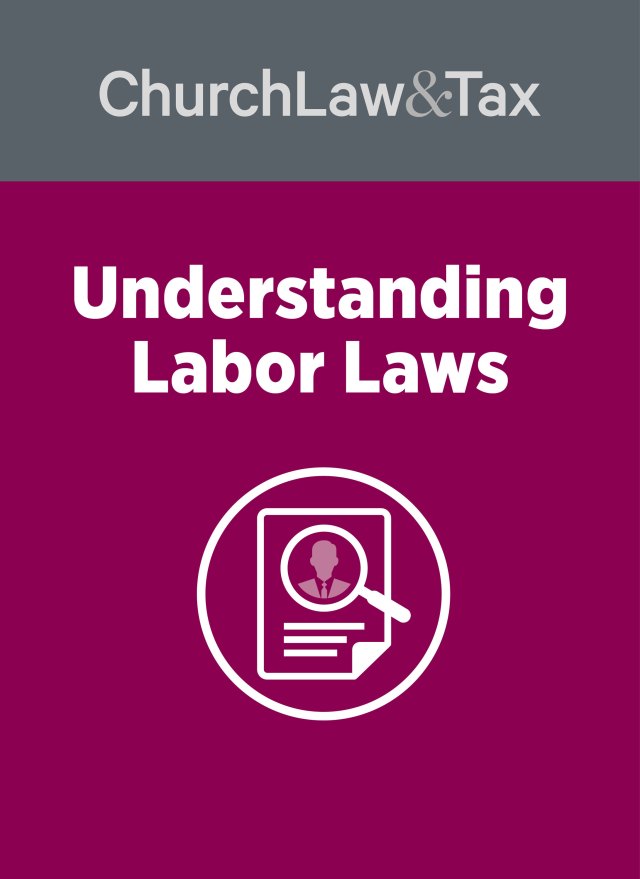• Key point. A dismissed employee can pursue a wrongful dismissal claim against a former employer even if he or she was guilty of job-related misconduct of which the employer was unaware. However, if the employer learns of the misconduct following the employee’s dismissal, the damages to which the employee is entitled will be limited.
A Kansas court ruled that an employer can be sued for wrongful dismissal of an employee even if it later learns that the employee had engaged in misconduct on the job that would have resulted in her dismissal had the employer been aware of it. A church-affiliated nursing home dismissed an employee as a result of her inconsiderate treatment of residents. She later sued her former employer for wrongful dismissal. While the lawsuit was pending the employer learned that the former employee had engaged in an act of theft in the course of her employment that would have resulted in her immediate dismissal had the employer known of it. The employer insisted that this discovery of “after acquired evidence” required the court to dismiss the lawsuit. A state appeals court ruled that a dismissed employee is not entitled to any relief in a wrongful dismissal lawsuit if the employer can produce “after acquired evidence” sufficient for termination. The court relied heavily on a 1995 decision of the United States Supreme Court. McKennon v. Nashville Banner Publishing Co., 115 S. Ct. 879 (1995). In the McKennon case, the Supreme Court was faced with the following question-can a 62-year-old employee who is fired due to a “work force reduction” sue his employer for age discrimination if the employer learns (while the lawsuit is pending) that the employee had engaged in theft of confidential company documents in the course of his employment? The Supreme Court ruled unanimously that the former employee could continue his age discrimination lawsuit against the employer despite the discovery of this information. It noted that the discovery of the information did not change the fact that the employer’s decision to dismiss the employee may have been discriminatory. And, allowing such employees to pursue discrimination claims will deter unlawful discrimination. However, the new evidence certainly was relevant in deciding the amount of damages the employee could recover. The Supreme Court observed that in such cases it would be “pointless to order the reinstatement of someone the employer would have terminated … upon lawful grounds.” Further, an award of “front pay” (loss of future earnings) would be inappropriate. On the other hand, the Court concluded that in some cases an award of damages for “back pay” may be appropriate as a limited way to punish an employer for engaging in unlawful discrimination.
Application. Churches and other religious organizations that are sued by a former employee for wrongful dismissal or discrimination should keep this case in mind. If the employer learns of job-related misconduct by the employee prior to his or her dismissal, then this evidence may prevent reinstatement and bar any recovery for loss of future earnings and possibly for back pay. How can an employer learn if such misconduct occurred? One way is to ask the former employee during a pretrial deposition whether he or she engaged in any job-related misconduct that would have been grounds for termination or discipline had the employer been aware of it. Gassman v., Good Samaritan Society, Inc., 921 P.2d 224 (Kan. App.1996). [Termination of Employees]
© Copyright 1997, 1998 by Church Law & Tax Report. All rights reserved. This publication is designed to provide accurate and authoritative information in regard to the subject matter covered. It is provided with the understanding that the publisher is not engaged in rendering legal, accounting, or other professional service. If legal advice or other expert assistance is required, the services of a competent professional person should be sought. Church Law & Tax Report, PO Box 1098, Matthews, NC 28106. Reference Code: m43 c0397




